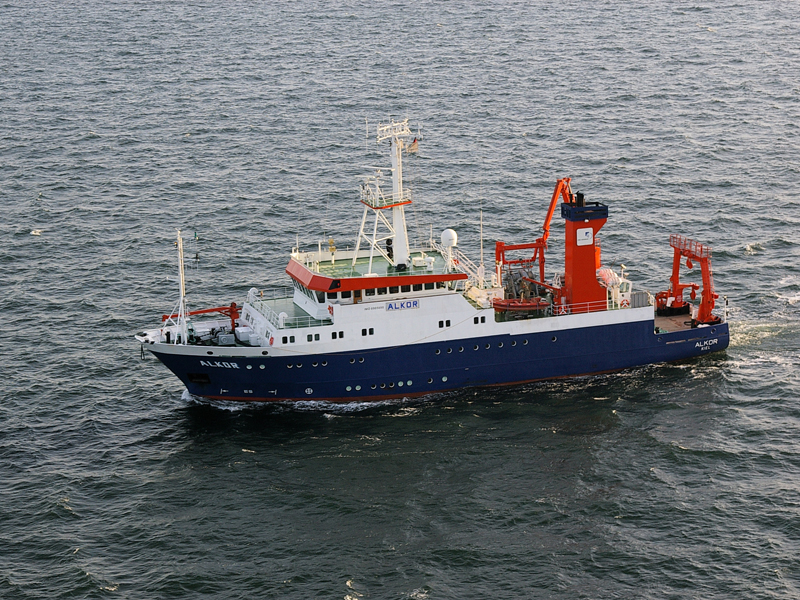ALKOR AL510
- Area:
- Baltic Sea
- Time:
-
03.06.2018 - 15.06.2018
- Institution:
- GEOMAR
- Chief scientist:
- Dennis Booge
Air-water gas exchange influences the cycling of biogeochemically important trace gases on global and regional scales (CO2, DMS, halocarbons, and non-methane hydrocarbons), and affects water quality on local scales (e.g., oxygen exchange). Wind speed is typically used to parameterize gas transfer and, in the last few decades, advancements in field and analysis techniques have enabled us to narrow the list of reasonable wind speed/gas exchange parameterizations that are applicable in most circumstance over the ocean [e.g. Ho et al. 2011b]. However, there are environments and conditions where existing parameterizations might not be applicable. One of these environments is inland seas where surfactants might have a more dominant effect on gas exchange.
All the studies published to date that have investigated the effects of surfactants on air-sea exchange have either used artificial surface active compounds or have only measured surfactant and wave properties under natural conditions, rather than gas transfer or flux directly. Baltic GasEx aims to close that gap by conducting direct air-sea transfer measurements in the presence of a natural surfactant patch at the Baltic Sea time series station, Boknis Eck, where natural surfactant measurements have been recorded from 2009-2014 using surface-sensitive sum-frequency generation spectroscopy. We will use two different methods, simultaneously, to directly measure exchange: 1) 3He/SF6 tracer release experiments and 2) trace gas eddy covariance. In conjunction with gas exchange measurements, the abundance of surface active compounds will be quantified and characterized in order to determine the influence of surfactants/microlayer on the air-sea fluxes. Gas transfer parameterizations based on wind speed will be evaluated, both for the influence of surfactants and the difference between the open ocean and inland seas.



